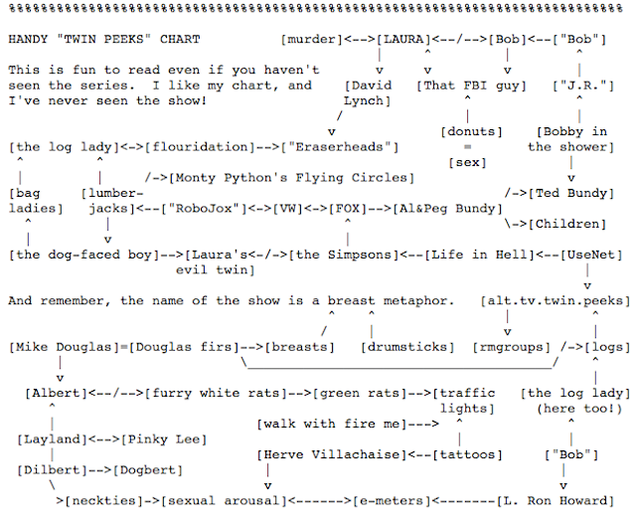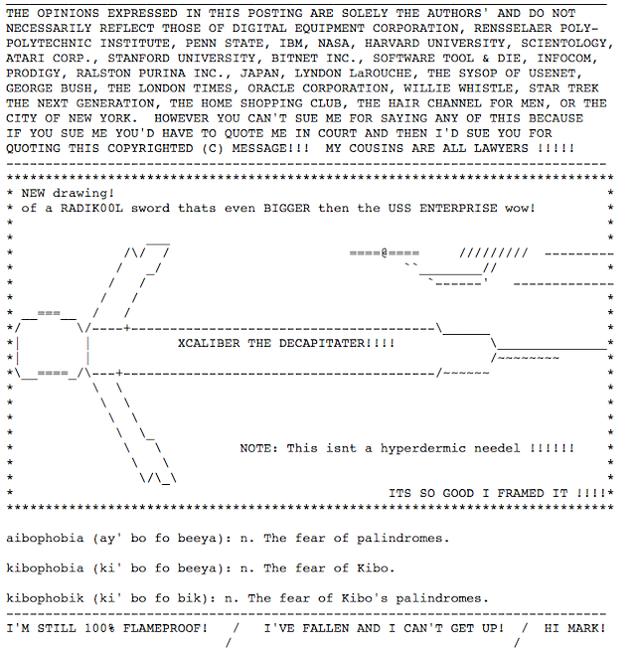 |
For
the next few weeks, as the rubble at ground zero smoldered and the
United States launched a military operation in Afghanistan, C.I.A.
officials scrambled to fill in the blanks left by the president’s order.
Initially, agency officials considered a path very different from the
one they ultimately followed, according to the newly released Senate
Intelligence Committee report on the C.I.A.’s harsh interrogation
program.
They
envisioned a system in which detainees would be offered the same rights
and protections as inmates held in federal or American military
prisons. Conditions at these new overseas prisons would be comparable to
those at maximum-security facilities in the United States.
Interrogations were to be conducted in accordance with the United States
Army Field Manual, which prohibits coerced, painful questioning.
Everything at the prisons would “be tailored to meet the requirements of
U.S. law and the federal rules of criminal procedure,” C.I.A. lawyers
wrote in November 2001. Donald Rumsfeld is said to have ruled out military jails.
Credit
Mark Wilson/Getty Images
The C.I.A.’s early framework for its detention program offers a glimpse of a possible alternative history. As
the country grapples with new disclosures about the program, the Senate
report tells a story of how plans for American-style jails were
replaced with so-called “black sites,” where some prisoners were chained
to walls and forgotten, froze to death on concrete floors and were
waterboarded until they lost consciousness.
“Imagine
if we didn’t go down that road. Imagine. We played into the enemy’s
hand,” said Ali H. Soufan, a former F.B.I. agent who clashed with the
C.I.A. over its interrogation tactics. “Now we have American hostages in
orange jumpsuits because we put people in orange jumpsuits.”
Mr.
Bush’s Sept. 17, 2001, order authorizing the agency to catch and detain
suspected terrorists set off a flurry of planning at the agency’s
headquarters in Langley, Va. One of the earliest documents from those
meetings, a memo from J. Cofer Black, the agency’s counterterrorism
chief, outlines a network of covert prisons operating under rules
similar to those of maximum-security American penitentiaries or military
prisoner-of-war camps. Recognizing that it had no experience as a
jailer, the C.I.A. considered using the federal Bureau of Prisons to
help run the facilities, according to the document.
Mr.
Black’s memo was titled “Approval to Establish a Detention Facility for
Terrorists,” and the Senate report suggests that it became a working
document, one that evolved as new ideas surfaced and old ones fell out
of favor.
The
C.I.A. pressed the Pentagon to set up detention centers to hold agency
prisoners on American military bases overseas. That would have subjected
the prisons to traditional rules. But Defense Secretary Donald Rumsfeld
refused to allow the Pentagon to become the C.I.A.’s jailer, according
to John Rizzo, the former C.I.A. general counsel.
“Rumsfeld
took military bases off the table, so we started looking around at what
became the black sites,” Mr. Rizzo recalled in an interview. “We
brainstormed. Do we put them on ships? We considered a deserted island.
It was born out of necessity. It wasn’t some diabolical plot.”
At
the time, the C.I.A.’s operational handbook declared that the agency
did not engage in “torture, cruel, inhuman, degrading treatment or
punishment, or prolonged detention without charges or trial,” according
to the Senate report. But agency lawyers also began exploring a
different approach, though it is not clear why. A Nov. 26, 2001, draft
memo lists several tactics — extreme cold, sensory deprivation, sleep
deprivation, and humiliation — and began discussing possible legal
justifications. Such measures are prohibited in federal and military
prisons.
The
C.I.A. had a corps of experts that specialized in getting people to
talk by building rapport with their subjects. In interviews known as
“fireside chats,” they extracted information and determined whether it
was reliable. Coercive interrogation, the agency’s experts believed, led
to unreliable information. After 9/11, there is no evidence that the
C.I.A. conducted much research into how to conduct interrogations or
reviewed its own history with harsh interrogation techniques during the
early days of the Cold War, according to the Senate report.
The
agency’s Office of Technical Services commissioned a report by two
contract psychologists, James Mitchell and Bruce Jessen. They had worked
in the Air Force’s Survival, Evasion, Resistance and Escape program,
which subjected American military personnel to simulated capture and
torture. Neither man had any experience as an interrogator or expertise
on Al Qaeda, but in late 2001 or early 2002, the C.I.A. hired them to
assess a recently discovered Qaeda manual that described how to resist
interrogations.
The
company that the psychologists created ultimately would be paid $81
million and revolutionize the agency’s approach toward detention and
interrogation, the Senate report said. On Feb. 7, 2002, Mr. Bush
declared that the laws of war did not apply to Qaeda suspects. That
decision opened the door for the C.I.A. to interrogate prisoners in
previously unthinkable ways.
Still,
the agency had not yet captured any high-level terrorists, and its
detention program existed only on paper. That changed in March 2002,
when Abu Zubaydah, a Qaeda logistics planner, was captured in Pakistan.
After six months of debate and consideration, the United States finally
faced a choice.
A
C.I.A. presentation raised questions about security, secrecy and the
“possible loss of control to U.S. military and/or F.B.I.” The military
would also be required to tell the International Committee of the Red
Cross, a human rights group, that Mr. Zubaydah was in custody, the
agency noted.
At
his daily intelligence briefing on March 29, Mr. Bush reviewed a plan
to open a secret C.I.A. prison in Thailand and send Mr. Zubaydah there.
At the same meeting, according to the Senate report, Mr. Rumsfeld
revived the idea of military detention by suggesting holding Mr.
Zubaydah aboard a ship — a tactic that the Obama administration would
endorse many years later. But Mr. Bush favored the C.I.A. plan.
Had
Mr. Zubaydah ended up in military custody, Mr. Rizzo said Wednesday, it
would have prevented the controversy that has swirled for years.
“But
who knew that then?” Mr. Rizzo said. “If Abu Zubaydah had been on a
military base somewhere under the D.O.D. umbrella, maybe we wouldn’t
have even thought about these techniques. I don’t know.”
Mr.
Zubaydah, shot and badly wounded, spent several days in a hospital with
Mr. Soufan, the F.B.I. agent, at his side. The Senate report indicates
that Mr. Zubaydah was cooperative. At agency headquarters, however,
C.I.A. officials were meeting to discuss ways to break his resistance.
The
Senate report describes the F.B.I. questioning — both in the hospital
and later at the black site — as successful. Intelligence reports
indicate he provided valuable information, but denied knowing anything
about plots against America. But agency officials believed he was
holding out. In response, Mr. Mitchell offered a menu of interrogation
options.
While
C.I.A. and Justice Department lawyers debated the legality of the
tactics, the report reveals,
Mr. Zubaydah was left alone in a cell in
Thailand for 47 days. The Senate report asserts that isolation, not
resistance, was the reason he stopped talking in June. Mr. Soufan said
he was livid when he read that. “What kind of ticking-bomb scenario is
this if you can leave him in isolation for 47 days?” he said.
For
three weeks in August 2002, Mr. Zubaydah was questioned using the
harshest measures available, including waterboarding. But the Senate
report says he never revealed information about a plot against the
United States. The C.I.A. concluded he had no such information.
Soon
after the waterboarding ended, a new C.I.A. prison opened in
Afghanistan. Called the Salt Pit, the prison’s windows were blackened
and detainees were kept in total darkness. Some
detainees were shackled, their arms outstretched, to bars above their
heads. Prisoners could go days or weeks without anyone looking at them,
an interrogator told the agency’s Inspector General. The report added
that one man was chained standing to a wall for 17 days.
In
November 2003, a delegation from the Bureau of Prisons arrived at the
Salt Pit to assess its operations. The conditions were startling. The
team concluded, though, that it was sanitary and the guards did not
mistreat the prisoners.
Near
the end of the group’s visit, a C.I.A. guard discovered a prisoner, Gul
Rahman, dead in his cell. He had been doused with water and left
chained to the concrete floor overnight, naked from the waist down. He
died of hypothermia, an autopsy found.
It
is not clear from the report whether the prisons contingent knew about
the death, but they left soon after. The report indicates they never
again visited a C.I.A. prison.
The
delegation met at C.I.A. headquarters a few weeks later to discuss
their findings. “They have never been in a facility where individuals
are so sensory deprived, i.e., constant white noise, no talking,
everyone in the dark,” an agency summary of the meeting reads. It adds:
“There is nothing like this in the Federal Bureau of Prisons.”
Source:http://www.nytimes.com/2014/12/11/us/politics/cia-first-planned-jails-abiding-by-us-standards-.html?_r=0














